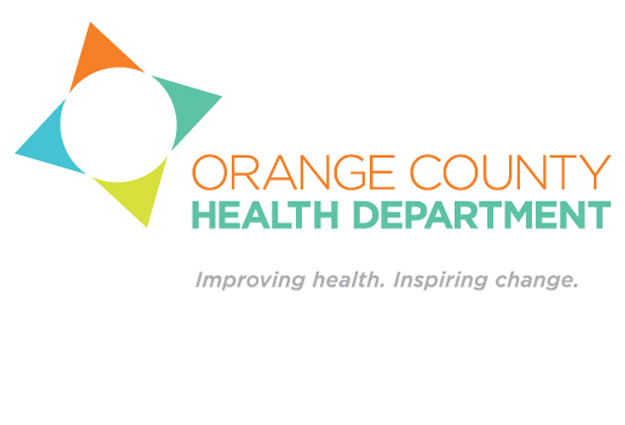Orange County is the second healthiest county in North Carolina, according to a new study.
The study, done by the Robert Wood Johnson Foundation and the University of Wisconsin Population Health Institute looked at factors such as life expectancy, poverty rates, health behaviors and environmental factors among others to determine the rankings.
The study looked at almost every county in all 50 states.
Maisha Simmons is a senior program officer with the Robert Wood Johnson Foundation.
“The rankings show us that where we live matters to our health and that good health is about more than medical care, it’s also about factors like access to healthy food and reliable transportation, as well as safe and healthy schools and neighborhoods,” said Simmons.
Orange County was ranked as having the best clinical care and longest length of life in North Carolina.
But there are some areas where Orange County could improve such as quality of life where Orange County was ranked 7th and physical environment, which considered factors like air quality, housing and commute to work, Orange County was ranked 4th.
But in last year’s study, Orange County was ranked as the healthiest county in North Carolina. This year, Wake County came out on top.
“Look at the data and compare from last year’s ranking to this year but this is only part of the story,” said Simmons, “recognize that there were improvements made as well, even if there was a slip in the rankings.”
The rate of uninsured people and violent crime has gone down in Orange County over the past year.
The study illuminates some inequalities that exist in Orange County too. Income inequality in Orange County is higher than most other counties in the state and the rate of children living in poverty has risen to 13%.
“These are all things that communities can do something about but it also shows us that not everyone has the same opportunity to be healthy,” said Simmons.
Simmons said probably the most disturbing new trend nationwide is a rise in drug overdose deaths due to heroin and opiate use.
“We’ve been hearing about this in the community but the rankings also show us that this is an epidemic for us,” said Simmons, “but we know that there are things that communities can do around this factor and in particular it’s really paying attention to the rates that we are prescribing prescription drugs and thinking about training for our first responders, in terms of responding to these incidents.”
Orange County emergency services have begun using the drug Naloxone, which can reverse an opiate overdose. So far, Orange County Emergency Services have successfully reversed four overdoses with the drug.






Comments on Chapelboro are moderated according to our Community Guidelines